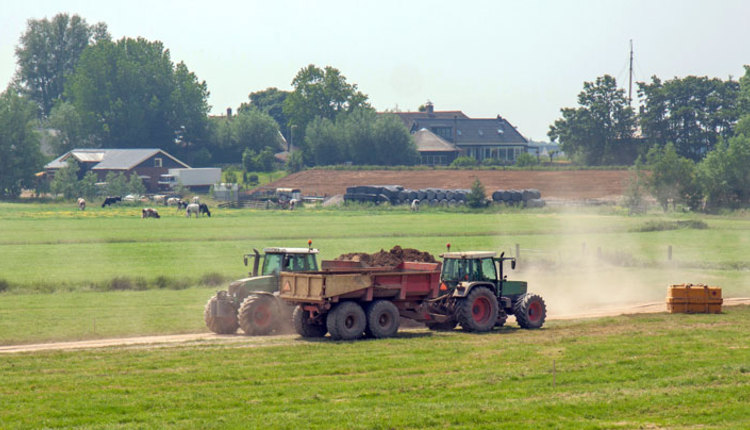
Ever since the invention of the pitch fork, farmers have been hunting for better ways to deal with manure. We’ve come a long way with manure handling, but processing is where dreaming occurs. I should know, having three patents myself ranging from sand removal to making hog manure solid to a series of separation and treatment processes acting in synergy.
Questionable claims
These are the statements that raise red flags for me when I hear them in sales pitches:
• Everyone is going to have to process manure. Land application of manure will soon be banned.
• We can make phosphorus disappear.
• After treating the manure, we can turn it into a valuable fertilizer.
• We are in discussions with (name of lawn fertilizer company here) to purchase the end product.
• The Environmental Protection Agency (EPA) loves our process.
• We’re going to build a community processing plant and take all of the manure in the surrounding area, and we will even pay for it.
• It’s a European technology, and we’re going to build these all around the U.S.
I’m not saying that any of these are not true (except the disappearing nutrients one — only organic matter, nitrogen, and pathogens can actually be eliminated). However, these statements prompt further in-depth questioning.
Skin in the game
The dynamics of manure processing have recently changed. One of the no-go items for many failed projects was farmer investors — either as individuals or collectively. Now the financial burden is coming from investors outside of agriculture. They will pay for the project, manage it, and may even pay for the manure.
The main drivers appear to be green energy initiatives that have an appetite for pipeline methane and organic food production needing organic-derived fertilizers produced on a commercial scale. I am involved with a handful of those currently. This takes most of the risk from the farmer, and what you get in return is negotiated.
We have always preached that manure nutrients are very valuable. But at what cost and risk? We have to be careful that our greed doesn’t mask the real value of letting manure go so we can just get back to milking cows or raising pigs. Of course, you may still end up getting back some, if not all, of the nutrients after they got what they wanted out of your manure.
Keys to success
I have identified the following for successful manure treatment technologies: costs justifiable, moving parts minimized, concept understandable, operational costs low, inputs minimal, and operation management fool-proof.
Most manure treatment technologies offered are an attempt to adapt an industrial technology to agriculture. Very little is “new,” only the application. We have been able to get liquid manure to drinking water standards for years, but at what cost and what management does it take? At the end of the day, there are still nutrients to land apply or discharge (if the permit allows).
Worth another look
You need to ask the hard questions. Does the manure processing proposal pass the “smell test”? I find that many of the spokespeople looking to find a place for their company’s project have their sales points but may be a little lean on technical information. If it sounds too good to be true, it very well could be.
It has become obvious that as farms get larger, their manure nutrients must be recycled in a broader area. This means the manure must become more portable. Potential paybacks associated with green energy production, coupled with outside management and investment, plus more user friendly manure creates opportunities worth a closer look.
This article appeared in the August 2021 issue of Journal of Nutrient Management on page 26. Not a subscriber? Click to get the print magazine.









